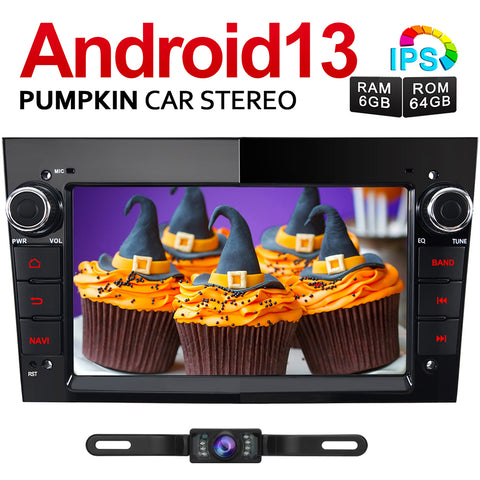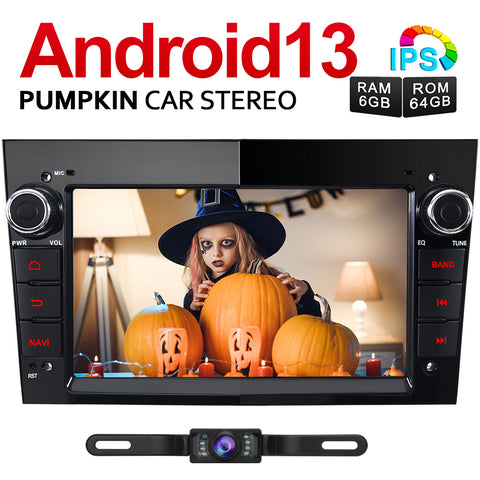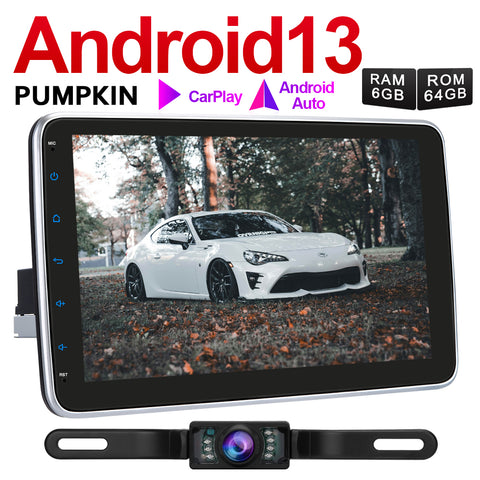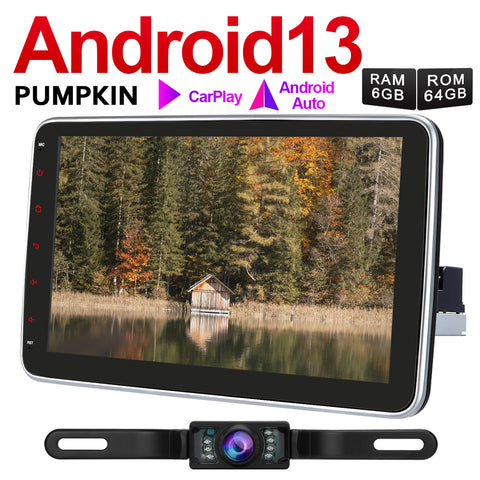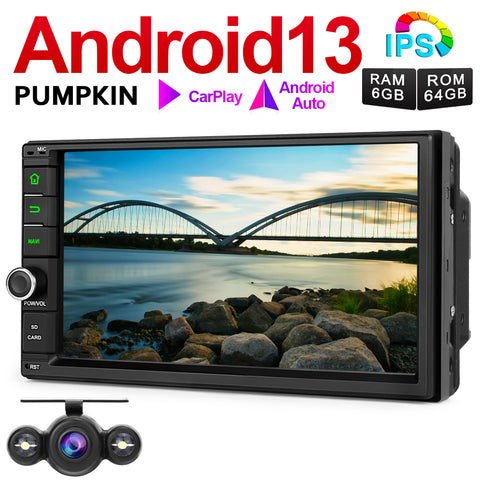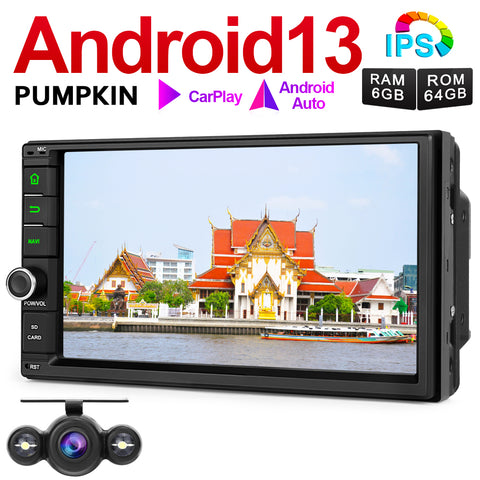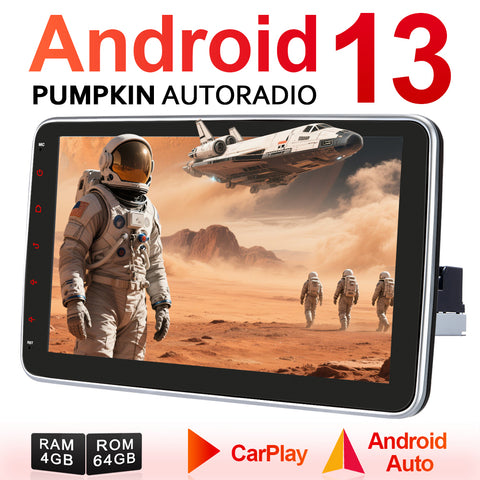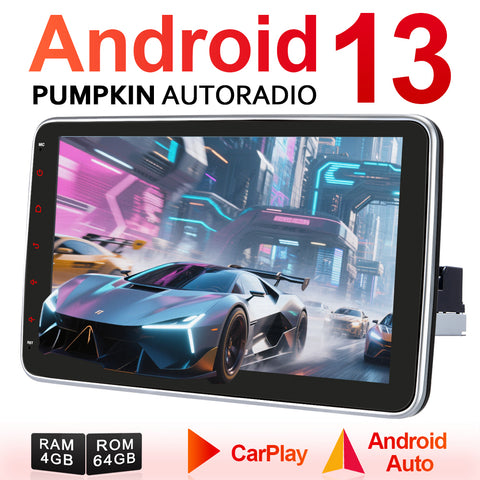How memory size and CPU affect the performance of navigation systems
Car radios are an indispensable part of modern driving. They provide drivers with real-time route guidance, traffic updates and other helpful information. However, the performance of a navigation system can vary depending on memory size and CPU.
Memory size
Memory size
- Memory is used to store maps, software, and other data that the navigation system needs to operate. Larger memory allows for faster storage, loading and rendering of more detailed and extensive maps. Insufficient memory can result in slow map loading and potentially limited map coverage.
- The CPU is responsible for processing data and running software. A more powerful CPU can handle more complex tasks and provide smoother performance. For example, a powerful CPU can quickly calculate routes and render maps in real time.
- The choice of memory size and CPU can have a significant impact on the overall performance of a navigation system. A navigation system with sufficient memory and a powerful CPU is likely to offer smoother map display, faster route calculations, faster response times and the ability to handle complex tasks such as real-time traffic updates and multimedia playback without delays.
- Conversely, navigation systems with limited memory and weaker CPUs may experience slower performance, longer loading times, and potential limitations in multitasking capabilities.
- When choosing a navigation system, it is important to consider your usage needs and preferences. If you plan to use the navigation system for long road trips or in areas with complex traffic patterns, you need a system with large memory and powerful CPU. If you only plan to use the navigation system for occasional driving, you can get by with a system with less memory and a weaker CPU.
Here are some tips for choosing the right memory size and CPU for your navigation system:
- ① Consider the size of the cards you want to use. Larger cards require more memory.
- ② Think about what features you want in the navigation system. Some features, such as real-time traffic updates, require a more powerful CPU.
- ③ Consider your budget. Navigation systems with larger memories and more powerful CPUs are usually more expensive.
Conclusion
Memory size and CPU performance are critical factors in the responsiveness, speed and overall performance of a navigation system. When selecting a navigation system, it is important to consider these specifications based on your usage needs and preferences.


